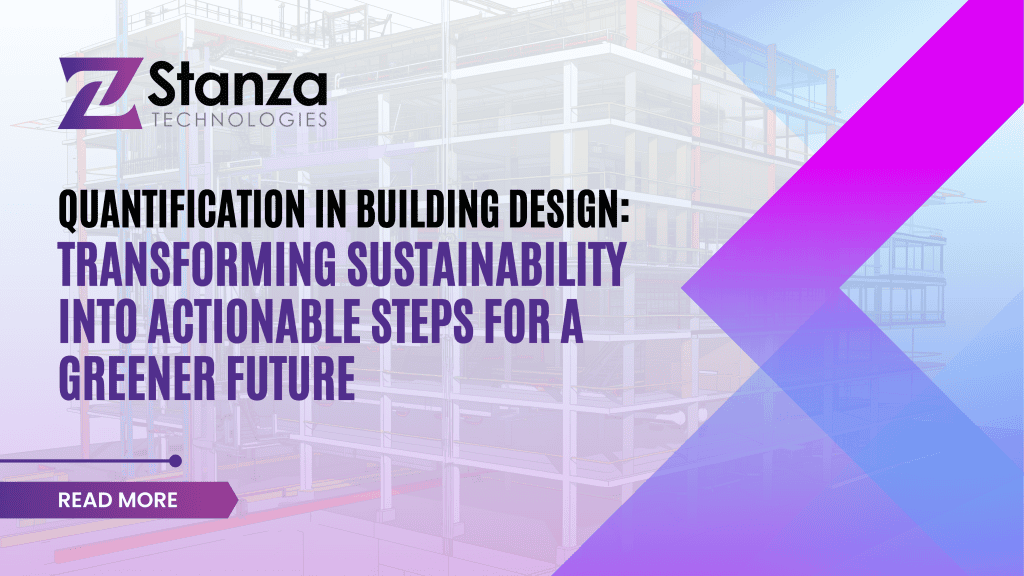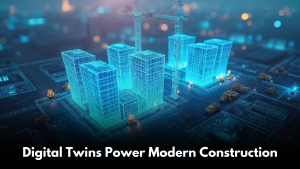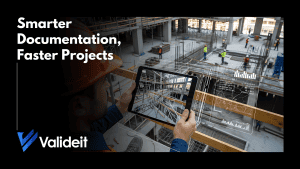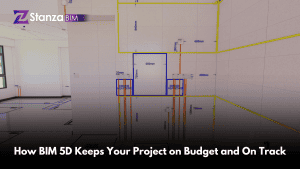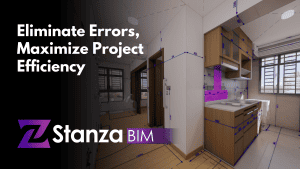Quantification, the process of extracting precise measurements in construction, is crucial in the journey toward sustainability, especially in building design. By leveraging exact data, architects, engineers, and construction professionals can optimize materials and resources, reducing waste and enhancing efficiency. This meticulous approach transforms sustainability from a broad concept into specific, actionable steps that significantly impact the environment.
The construction industry faces several challenges in its quest for sustainability. One major issue is the prevalence of rework, often resulting from inaccurate measurements and poor planning. Reworking delays projects and leads to significant material waste and increased labor costs. Another challenge is poor material optimization, where excess materials are ordered or improperly utilized, contributing to higher costs and environmental impact. Additionally, the industry grapples with inefficient energy use in buildings, leading to excessive operational costs and increased carbon emissions. Addressing these challenges requires a shift towards more precise and data-driven practices.
In the context of building design, quantification involves extracting exact measurements for all aspects of the project. Advanced tools like Building Information Modeling (BIM) enable designers to create detailed digital representations of buildings. These models allow for precise calculation of material quantities, ensuring that components are ordered and used efficiently. Energy modeling, another facet of quantification, simulates a building’s performance to optimize systems such as insulation, glazing, and HVAC. This simulation helps reduce energy consumption and operational costs. Water usage is also quantified allowing for implementing systems that minimize consumption through accurate sizing of fixtures and efficient irrigation.
Quantification significantly contributes to achieving sustainability by ensuring efficient resource use. For example, with BIM, architects can order exact quantities of materials, minimizing waste and reducing the environmental footprint. Energy modeling enables the design of buildings that require less energy for heating, cooling, and lighting, thus lowering greenhouse gas emissions. Precise calculations for water usage lead to systems that reduce consumption, supporting water conservation efforts.

Moreover, quantification aids in selecting sustainable materials in the design phase of construction. Life Cycle Assessment (LCA) tools evaluate the environmental impact of materials throughout their lifespan, helping designers choose options that offer the best balance of performance and sustainability. For instance, using recycled or locally sourced materials can reduce transportation emissions and support local economies. In modular and prefabricated construction, components are manufactured to specific dimensions and assembled on-site, reducing waste and environmental impact.
The benefits of quantification extend beyond the construction phase to the building’s operational life. Buildings can achieve higher efficiency and lower operational costs by accurately modeling energy needs and incorporating renewable energy sources. Efficient lighting and HVAC systems, designed based on precise data, contribute to reduced electricity consumption. These measures enhance the building’s sustainability and provide long-term economic benefits to owners and occupants.
Quantification in building design is a powerful tool for advancing sustainability. By extracting exact measurements and utilizing data-driven approaches, the construction industry can overcome challenges such as rework and poor material optimization. Quantification ensures that resources are used efficiently, materials are selected thoughtfully, and buildings are designed to minimize environmental impact. This precise and systematic approach transforms the sustainability vision into a tangible reality, paving the way for a more sustainable future in the built environment.
